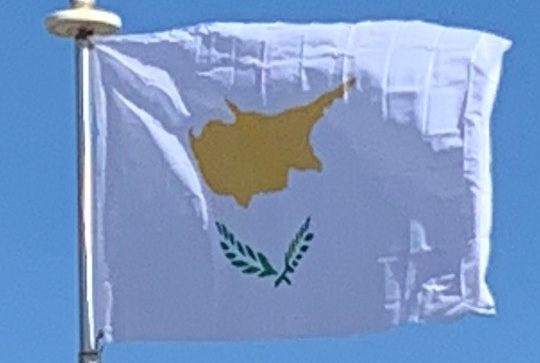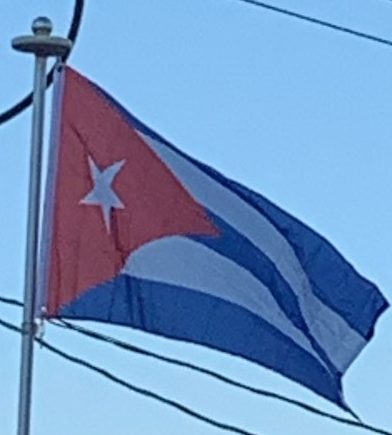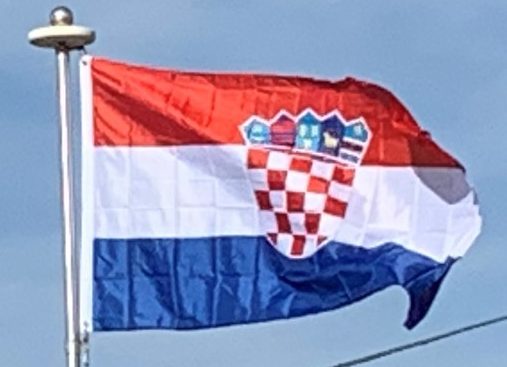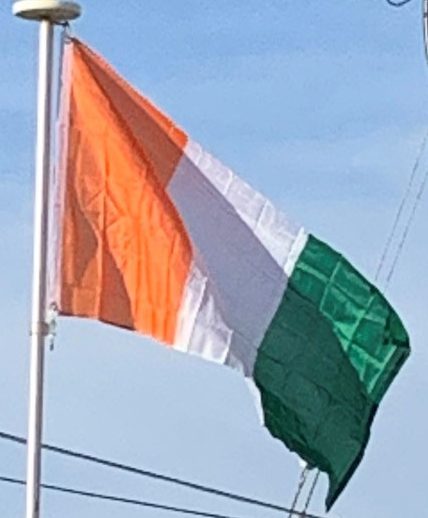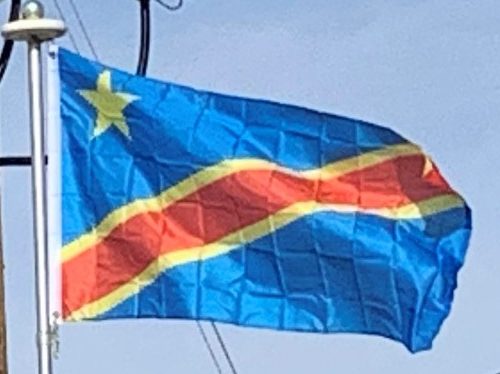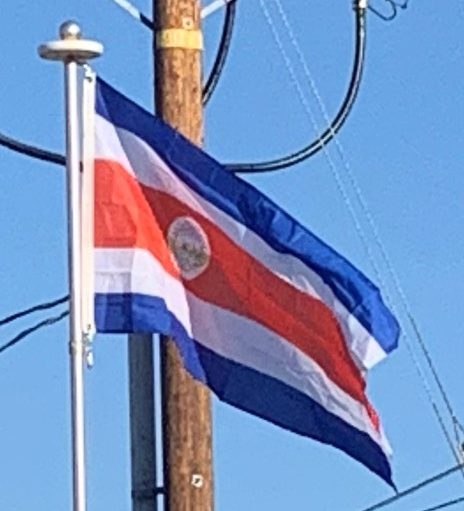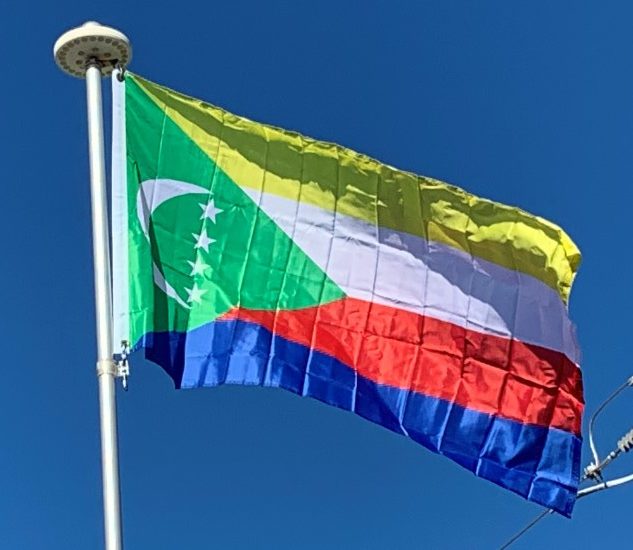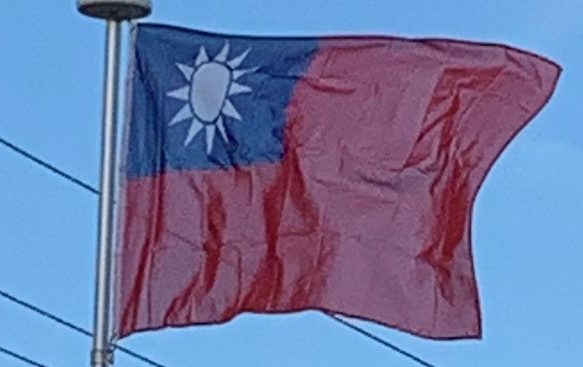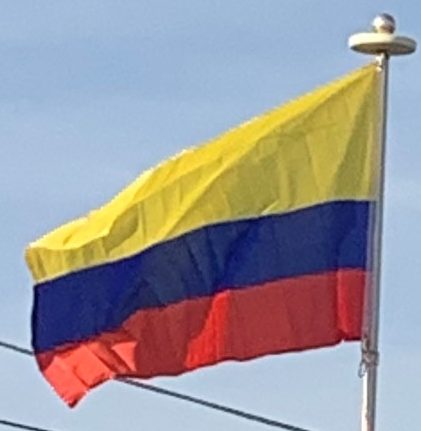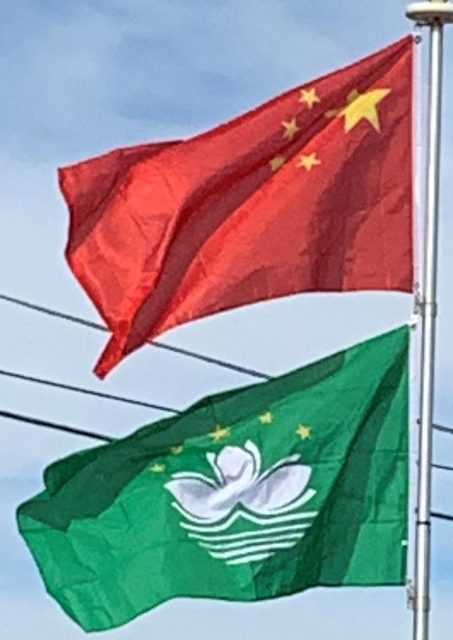The flag was officially adopted on 27 November 1906, including a slight modification to the placement and design of the entrenched coat of arms. The flag was updated to reflect concurrent modifications to the national coat of arms in 1964 and 1998. Along with Haiti, Afghanistan, and Bolivia, it is one of four national flags in the world which has a depiction of its flag within the flag itself.
The blue, white and red horizontal design was created in 1848 by Pacífica Fernández, wife of then president José María Castro Madriz. Fernández was inspired by France’s 1848 Revolution, and the creation of the French Second Republic. The new design to the Costa Rican flag adopted the colors of the French tricolor.
The blue color stands for the sky, opportunities, idealism, and perseverance. The white color stands for peace, wisdom and happiness. The red color stands for the blood spilt by martyrs in defense of the country, as well as the warmth and generosity of the people.
